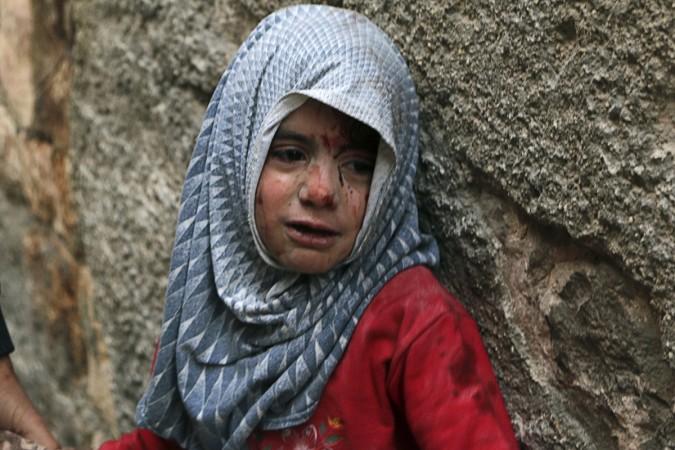
War-stricken Syria has more problems to deal with, apart from the political unrest and suffering under ISIS rule. Three cases of Myiasis disease were reported near capital Damascus on 19 November, marking the first appearance of the flesh-eating maggot disease in Syria, according to an AFP news report quoting WHO spokesman Christian Lindmeier .
Myasis is caused when flies lay their eggs in wounds and although the disease is lethal for human beings, the appearance of the disease paints a grim picture of the health situation and poor living conditions in Syria, said the World Health Organisation.
Once infected, the larvae would have to be surgically removed and the wound has to be cleaned daily. Hygiene is the most important aspect of treating Myiasis.
The outbreak of the disease was reported in Douma, a rebel bastion located northeast of the capital, which is held captive by a Salafist group and has been under government siege for over a year now. The residents are facing acute shortage of food and medical supplies there, Al Arabiya News reported.
"This disease is not so much a danger in itself, but should rather be seen as an indicator for very bad water supply, sanitary and hygienic, as well as socioeconomic circumstances in besieged and hard-to-reach areas," said Lindmeier.
Even the neighbouring region of Damascus, which had an average water supply of 350,000 cubic meters daily, now received only a third of it.
The UN has already issued an alert about the re-appearance of polio in the north of the war-torn Syria, where many epidemics like tuberculosis, typhoid and scabies have made a comeback. The organisation will also be launching a hygiene promotion and water rationalisation campaign in Syria, in the hope of educating the citizens about Myiasis and how to avoid it, apart from other water and hygiene-related diseases.
Centres for Disease Control and Prevention describe Myiasis as an infestation of the skin by development of larvae of various species of flies that occurs commonly in tropical and sub-tropical areas like Central America, South America, Africa, and the Caribbean Islands.
Related

















